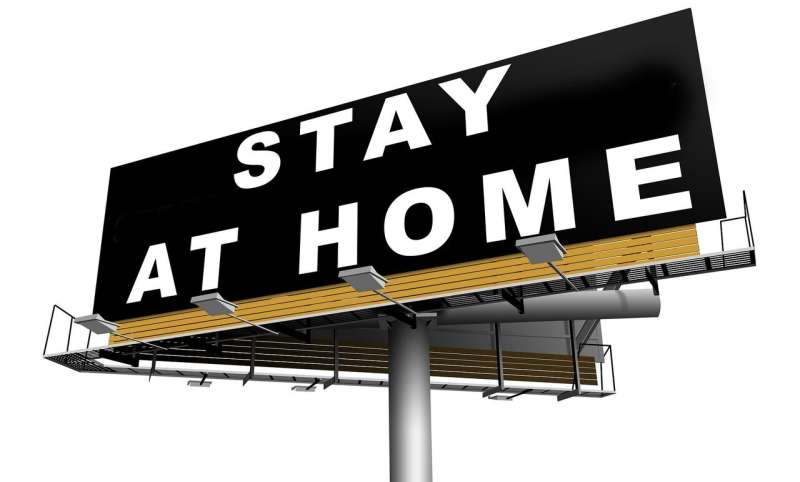Social distancing works: Here's the math

Considerable uncertainty surrounds Covid-19—how long it will take before a vaccine is developed, the death rate amongst cases and even how many cases there have been so far. But there is one thing of which we can be sure: social distancing works, according to a mathematical modeling expert from Oxford University.
Dr. Robin Thompson, a junior research fellow in mathematical epidemiology, has crunched the numbers and found social distancing can reduce pass-on rates of Covid-19 substantially. His mathematical modeling, based on measures now in place to reduce person-to-person contact, reveals a scenario in which case numbers could be reduced by almost 90%:
- Without social distancing, one coronavirus sufferer could, in six weeks, have started chains of transmission with 1,093 cases;
- With social distancing, the same sufferer could, in six weeks have started chains of transmission with 127 cases.
Dr. Thompson's work is based on the reasoning that one individual with Covid-19 will pass it onto three other people over the course of their infection. In a further week, each of the three will have passed it onto another three people. Each week, each person will infect three more people, so that, after six weeks, the initial individual will have started a chain of transmission leading to more than 1,000 cases, says Dr. Thompson.
But, the mathematician says, introduce social distancing and the picture is very different. If we are all able to reduce our effective contacts by one third, there is a dramatic difference in the numbers of infections. On this basis, after six weeks, there would be 127 cases in total.
Social distancing, he maintains, removes any question of people wondering whether they or a particular individual has the infection. Dr. Thompson says: "Social distancing is of clear public health importance. It involves all of us reducing our contacts, irrespective of whether or not we think we are carrying the virus. It means that infected individuals are less likely to transmit the virus, and healthy individuals are less likely to contract it."
Dr. Thompson points out it is particularly relevant to Covid-19: "It's very hard to self-determine whether or not we're infected. Even if we are carrying the virus, we may have no or very few symptoms. We could therefore be spreading the virus without even knowing it."
He says most people are following the social distancing measures and reducing their social contacts. But he says: "We all need to go shopping sometimes. However, by following social distancing, we can all make a difference."
He insists: "It's all of our responsibility to avoid going on a hike where lots of people group together... Social distancing works."
Dr. Thompson also notes that, while social distancing is currently necessary, it is not required for outbreaks of other diseases: "For SARS, social distancing measures were not required because infectious individuals displayed clear symptoms. As a result, the outbreak could be controlled by finding and isolating symptomatic cases. That appears not to be the situation for Covid-19, due to the wide spectrum of symptoms."
The results of social distancing may not be seen immediately, according to Dr. Thompson, because of the time lag between transmissions and individuals becoming infected and displaying symptoms. However, as his calculation demonstrates, measures implemented now can be expected to have substantial effects on future case numbers.



















